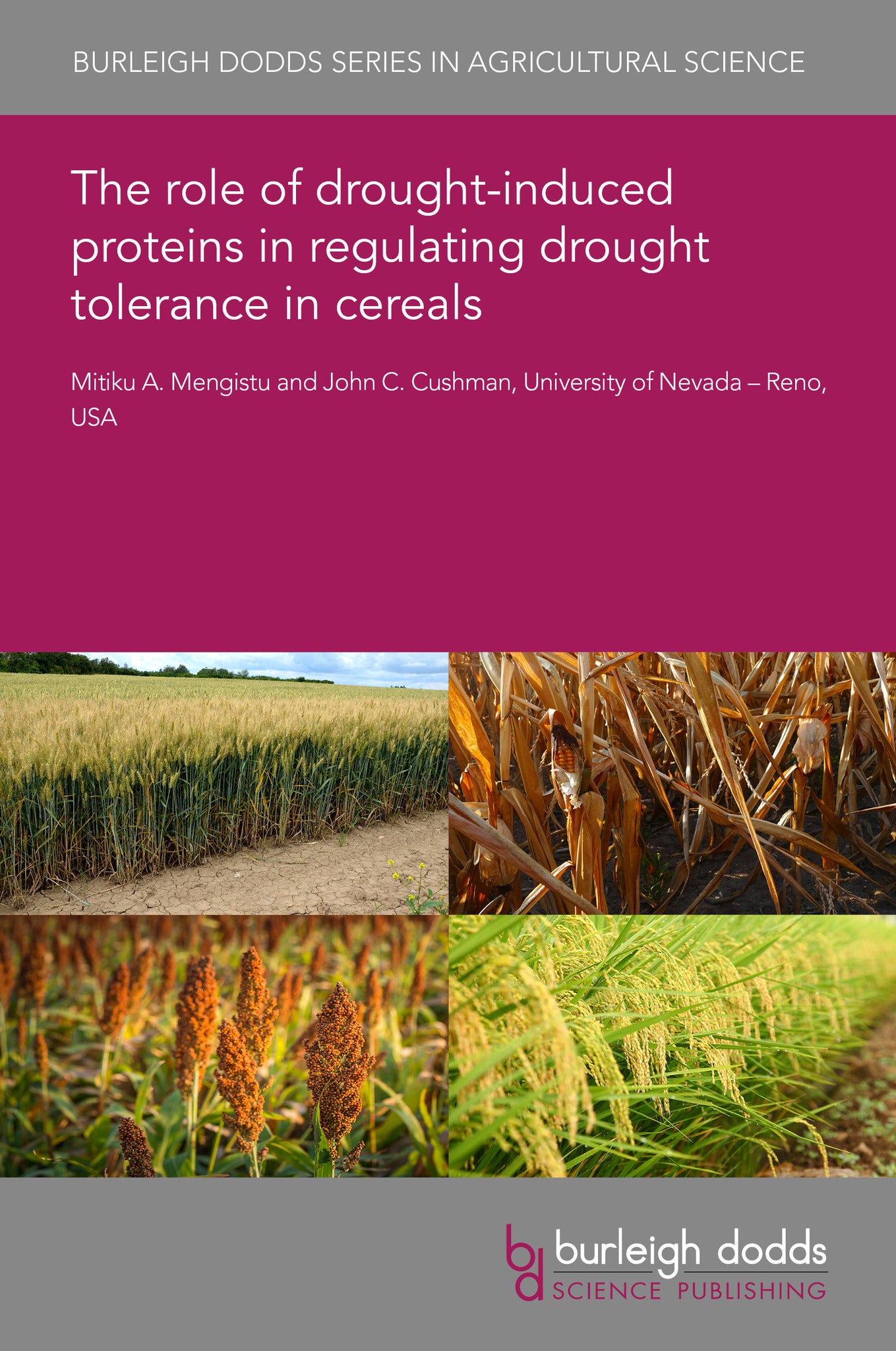We're sorry. An error has occurred
Please cancel or retry.
The role of drought-induced proteins in regulating drought tolerance in cereals

Some error occured while loading the Quick View. Please close the Quick View and try reloading the page.
Couldn't load pickup availability
- Format:
-
04 December 2023

Cereals provide a majority of caloric intake of the human population on earth. Projected population growth will require future increases in global grain production in the coming decades. However, many studies have demonstrated that increasing global warming trends will lead to hotter and drier climates in many areas of the earth’s surface resulting in declines in regional and global cereal production in the future. However, cereals are well adapted to environmental conditions and have developed many drought-adaptive strategies to resist or tolerate water-deficit stress. Among other strategies, such adaptations can be monitored by evaluating changes in protein expression patterns. Large-scale proteomic studies have been aided in recent years by improved availability of genomic, proteomic, and transcriptomic sequence information for most major cereal crops. This chapter will summarize advances made in transgenic engineering or genome editing approaches.

TECHNOLOGY & ENGINEERING / Agriculture / Agronomy / Crop Science, Agronomy and crop production, TECHNOLOGY & ENGINEERING / Agriculture / Sustainable Agriculture, Sustainable agriculture, Agricultural science

- 1 Introduction
- 2 Drought tolerance mechanisms
- 3 Drought-related proteins and proteomic studies
- 4 Analysis of drought-adaptive proteins using transgenesis
- 5 Functional analysis of drought-adaptive proteins using genome editing
- 6 Conclusion and future trends
- 7 Where to look for further information
- 8 Acknowledgements
- 9 References



